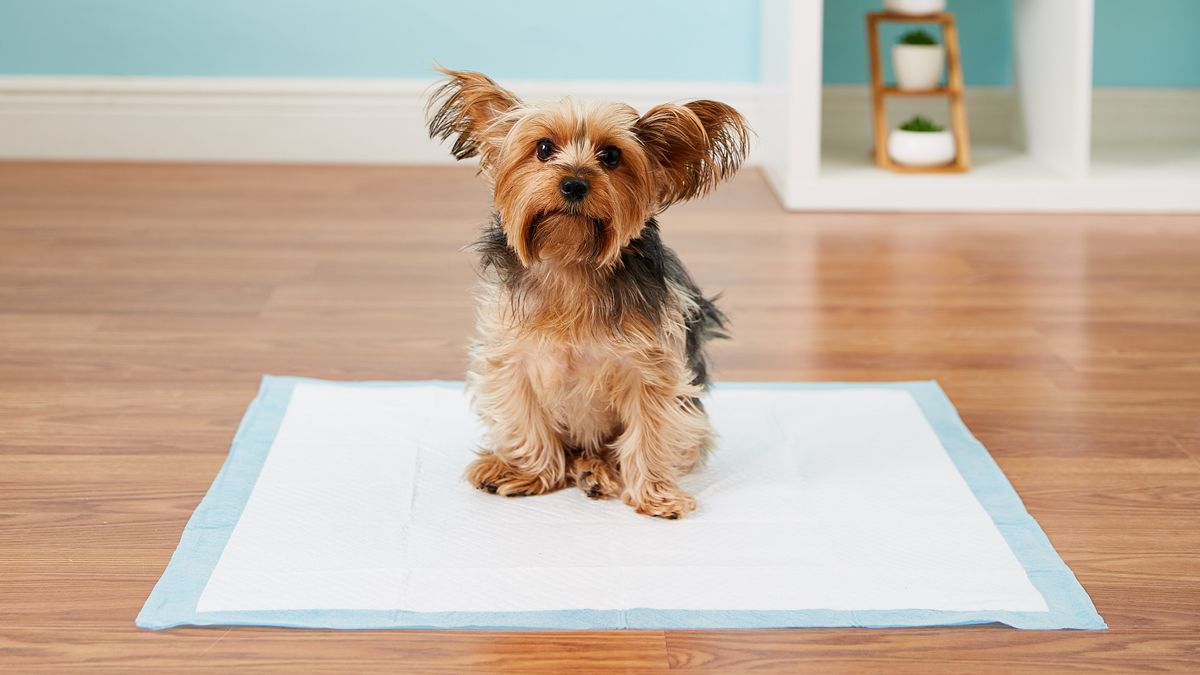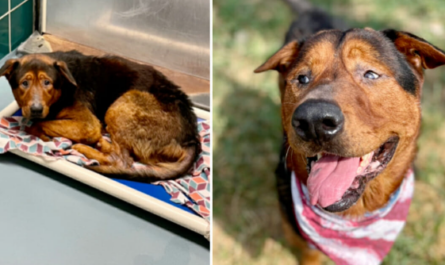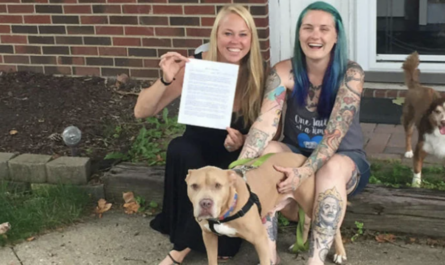Among the most exciting events in a dog lover’s life is when they finally decide to get a dog. Accompanying that feeling is also the pressure of wanting to know everything a new dog owner needs for when their buddy comes home with them.
If you’re about to have a new doggo, keep reading to know how to puppy-proof your house!


Taking care of a dog means adjusting the way you live to accommodate their needs as well. To do so, you need to be able to know the needs, temperament, and tendencies your future pup is going to have — it helps in preparing and determining how to make your home a space they can be comfortable in.
Many think that getting a dog is simply just getting a dog to play with or keep them company. But, in reality, it is much more than that. Whatever your reason may be, it is vital for your dog’s safety and happiness that you know how to accommodate their needs.
Before even getting a dog, do your research on what kind of lifestyle and environment they need. While dogs are mostly similar, each dog breed has a particular need that isn’t the same for others. Knowing those specific things is incredibly important for both the owner’s and the dog’s sake. Why? It’s because taking care of a dog is a life-long commitment and you want to make it a happy one for everyone.
By simply puppy-proofing your house, you’re already ticking off so many boxes in your future to-do list! With a puppy-proof house, you won’t have to constantly worry. Here’s how you can start:
1. Secure all trash cans and make sure that they have lids


It’s a well-known fact that all dog parents know, dog’s seem to really like digging in the garbage can, even though they have completely clean food readily available to them. What more for little puppies that are attracted to the smell of garbage and will surely go through them when left alone.
2. Keep cleaning supplies and harmful chemicals out of reach


Avoid using floor cleaners with bleach because this may irritate your puppy’s paws. There are many dog-safe alternatives to your common cleaning chemicals that can be found in your grocery, but if you don’t have access to those just yet, you can use baking soda with water or vinegar! (Keep in mind that it’s still better to use dog-safe products).
3. Watch out for poisonous house plants


It may be tempting to buy that gorgeous decorative plant, because you’ve been wanting to add some life to your space, but make sure it’s not poisonous. It’s best to know which ones are dog-friendly plants to avoid any unwanted trips to the vet.
Once your dog is a lot older, they aren’t as tempted to eat your plants. So, don’t worry! Just wait it out until your pet is old enough. Or, you can just be strategic with your plant placements, somewhere your pup cannot reach.
4. Organize your cords and cables


What you may see as wires that power your appliances and gadgets, your dog sees as their new chew toy! To your young dog, anything and everything is a toy.
For the safety of everyone, make sure to keep your cords/cables out of your dog’s reach or sight, especially during their teething phase. It’s better to be extra careful than to spend more for new cables.
5. Don’t leave valuables within their reach


For your own good, if you do not want to say goodbye to your favorite book or keychain, keep them out of your puppy’s reach. If you leave your stuff just on the floor or within their reach, be ready to say goodbye because it will be a miracle if it survives your puppy’s teething phase.
6. Keep your bathroom door closed at all times


It may not make sense to you, but it is a magical place for dogs and they’ll think that your toilet is their new drinking fountain. Unless you have the goal of potty training them in your bathroom and allowing them to go inside at certain times of the day, better to keep it closed.
7. Designate an area for them to call their own


You’ll want to make sure that your dog is as comfortable as possible in the space you own. A new dog is bound to take a while to adjust to their new home, so making sure that they have their own space and little corner will make it less intimidating.
After all, it is their home now too, and they deserve to have something that is just theirs, even if it’s just a small bed or a blanket in a corner.
8. Fence your space


This is not a requirement, but if you are someone that has a big enough space then it might be a good investment. This way, you can keep your dog out of certain areas of the house, unless you allow them to.
Most dogs eventually grow bigger than the fences, but you can train them while they’re puppies and will carry that with them when they get bigger.
9. Avoid feeding human food or food of the table


It isn’t really puppy-proofing per se, but this is incredibly important. If you allow your puppy to eat human food off the table, they’ll get used to it and when they grow up they’ll think that your food is also theirs.
It can lead to them jumping on the table and start eating off of it when you’re not around or even stay by your side whenever you’re eating and beg for food. Now, if that’s something you don’t mind, we won’t stop you.
10. Have pee pads and mops ready


A new puppy does not have bladder control, therefore, they will pee anywhere! Having disposable or cloth pee pads will come in handy during this stage because it will definitely lessen your stress of having to clean. It is still best to have mops ready as well because accidents are still bound to happen.
As much as it is exciting to take home a new pet, it does require a lot of responsibility to know the ins and outs of how to puppy-proof your house — that doesn’t mean that it can’t be fun!
Puppy-proofing is also a way for your dogs to know what’s allowed and not allowed in your household, it kind of trains them as well. This is a constant learning process and is something that you will get used to over time with your paw buddy. It’s only hard at the beginning as all things new tend to be, right?
Share this with fellow fur parents and exchange tips with each other!



